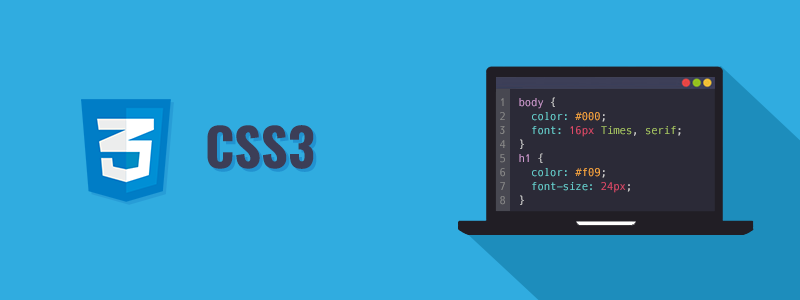Difference Between HTML and CSS

Definition of HTML
HTML is a mark-up language for defining web documents (web pages). HTML expands to Hyper Text Mark-up Language. A mark-up language is a group of mark-up tags which define the page structure. Each HTML tag describes different document content.
Definition of CSS
Cascading Style Sheets, fondly referred to as CSS, is a simple design language intended to simplify the process of making web pages presentable.
CSS handles the look and feel part of a web page. Using CSS, you can control the color of the text, the style of fonts, the spacing between paragraphs, how columns are sized and laid out, what background images or colors are used, layout designs,variations in display for different devices and screen sizes as well as a variety of other effects.
HTML and CSS are the core web scripting languages, the primary use of which is to create web pages and web application. The crucial difference between the two is that HTML is used for the creation of the webpages and CSS is used to control the styling and layout of web pages.
Both HTML and CSS have there pros and cons :-

Advantages of HTML :-
- Simple to use and have loose syntax (although, being too flexible will not abide by with standards).
- Widely used, established on nearly every website and supported by every browser.
- Analogous to XML syntax, which used to an increasing extent for data storage.
- It is free as you need not buy any software.
- Easy to learn and code even to beginners.
Disadvantages of HTML
- As it is a static language, It cannot generate dynamic output.
- Offers limited security features.
Advantages of CSS
- CSS conserves your time by writing CSS one time and reusing the same sheet in several pages.
- Pages consume less time for loading due to less the code.
- Easy to maintain, global changes are easy to employ.
- CSS has better styles to HTML and a much broader range of attributes.
- Provision of multiple device compatibility.
Disadvantages of CSS
- Fragmentation
CSS renders different dimensions with each browser. Programmers are required to consider and test all code across multiple browsers for compatibility before taking any website or mobile application live. - Different Levels
There are different levels to CSS: CSS; CSS 2; CSS 3. This has been confusing for developers and browsers. One language is preferred.

0 Comments